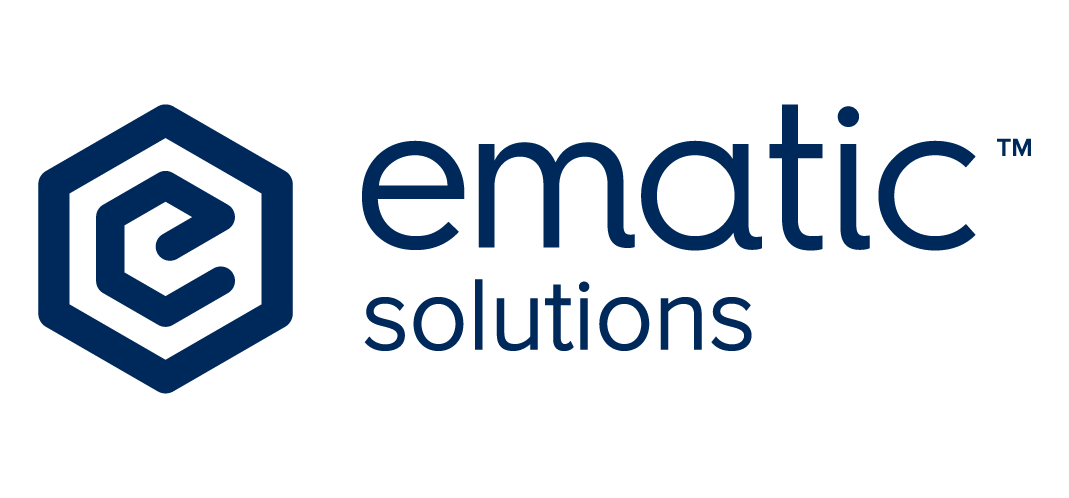iOS 14.5 Attribution – SkAdNetwork
Prior to the release of iOS 14, Apple had release the SKAdNetwork 2.0 framework as its attribution solution which was no way close to being accurate. They’ve come a long way since that and it is becoming a more reliable framework for measurement, especially conversion. Most major publishers have already integrated with the SKAdNetwork (SKAN) to provide their customers with the metrics they need. What we’re seeing now is a definitely decline in revenue and conversion rates. It can be confusing to know whether a user didn’t engage with the ad because they didn’t consent to the advertiser’s app or just inaction, but SKAN gives you the data to attribute whether a user has converted from the ad or not. The one major impact that we are seeing is retargeting. It does look like retargeting is not possible with in the post iOS 14.5 period. A portion of the market has started spending more into the Android user base while reducing spend on iOS users which keeps the general revenue intact. At the same time, it would be wise to strategise on creating awareness with your users on why they should provide consent to your app. By building that trust, it would be possible to increase the opt-in rates. User Acquisition strategies, by and large, shouldn’t have any change. Looking at the data from SKAN, even though it is limited, would provide ideas on understanding which cohort is more willing to provide consent and which ones aren’t. At this point, hypothesizing and experimenting is the best way forward. Move fast, fail quickly and recover!
Understanding iOS 14.5
Quite the buzz going on about the iOS 14.5 update and its impact on mobile development and marketing. Took me a while to grasp what it actually means and the level of impact thus far. Primarily, Apple has released a version of iOS that requires explicit tracking consent from users. This affects marketers the most and in 2 ways: Source/Publisher App: Examples would be Facebook and Google which publish your ads Destination/Advertiser App: Brand owned app (ie) the destination from the ad to the final app which companies want their users to go to Users will need to provide consent on both these sets of apps to be able to get tracked. There have been several numbers published on what the early adoption of this looks like and although most of it is context sensitive to users belonging to their own app and versions of iOS, it is believed that the general adoption of iOS 14.5 has been lower than what Apple sees in its first month after a new version is released. Having said that, it is still early days and it is expected that the opt-in consent will increase in time. Look out for my next post on how to retrieve data for this new version and what apple has in stock. Did you know the iOS 14.6 release is not too far and has a lot of changes too?
